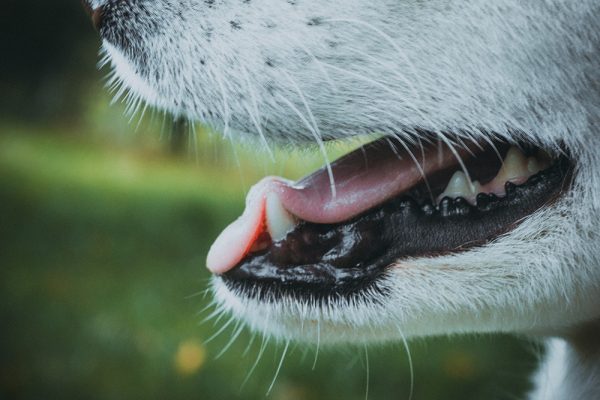In this article
View 2 More +Dogs have a total of 78 chromosomes in 39 pairs, inherited from each parent. One pair is sex-linked chromosomes, and females have two X chromosomes, while males have one X and one Y chromosome. The remaining 38 pairs are non-sex (or autosomal) chromosomes.
Chromosomes influence the genetics and traits that are inherited from a dog’s parents. They play a role in determining the dog’s physical appearance and various health conditions. Knowing a dog’s genetics won’t give you a completely clear roadmap of their life, but it can give you clues that will help with understanding their health and any predispositions toward genetic diseases.

The Basics of Dog Genetics
Variants of genes are called alleles. When it comes to the genes that code for a dog’s eye color, the alleles refer to the different types of eye color a dog can inherit. A dog can have a brown-eyed allele, a blue-eyed allele, and so on. When a puppy inherits two alike alleles, it’s referred to as a homozygous pair. A pair of two different alleles is referred to as heterozygous.
Alleles can be categorized as dominant or recessive. A dominant allele refers to alleles that only need one copy to express themselves, while recessive alleles require both alleles in a pairing to be the same for a trait to express itself.
When examining a specific location of a gene on a chromosome, you’re looking at a locus. The locus is related to a dog’s genotype and phenotype. The genotype refers to the alleles that you’ll find on a locus, and the phenotype is the observable traits, like coat color, that can be attributed to the genotype. It’s important to note that a dog’s phenotype can be influenced by both the dog’s genotype and its surrounding environment.

How Chromosomes Impact a Dog’s Life
One chromosome can contain hundreds of thousands of genes. Chromosomes affect many factors, such as a dog’s breed makeup, physical traits, temperament, and hereditary health concerns.
Things start to get even more convoluted, as genes don’t operate independently. For example, sex-linked genes can cause dogs to be at a higher risk of developing certain diseases. One new study shows that male dogs are about four to five times more likely to be infected by canine-transmissible venereal tumors.
Links between coat colors and health issues are also being studied. A study led by a research team from the University of Sydney analyzed the health records of 33,000 Labrador Retrievers in the U.K. The researchers found certain health trends correlating with different coat colors. For example, Chocolate Labs had shorter lifespans and a higher prevalence of ear inflammation and skin disease. This study revealed that it’s possible for coat color to impact a dog’s longevity, but more studies need to be completed to understand their correlation.

Is It Worth Doing Genetic Testing on My Dog?
Dog genetic testing kits are becoming more popular among dog owners, and one kit can cost over $150. It may be helpful to do genetic testing on your dog, though, as it can provide a general overview of the genes that your dog has inherited and basic information on predisposed health issues.
However, canine genetics is still a relatively new field, and there’s a lot of complex information about how different genes can be linked to one health condition. Dog genetic testing kits sold to consumers need to simplify all this information for average consumers to understand. This can lead to misinterpreted data and dog owners at risk of having a false sense of security or worrying over an incomplete set of information.

Genetic testing can be viewed as just one tool to help owners better understand their dogs. Other factors can help with anticipating health issues and temperament. Looking at your dog’s pedigree and learning about health issues linked to specific breeds can help you get a better picture of how to care for your pet in a way that minimizes the risk of their developing certain conditions. It’s also important to note that the environment plays a role in a dog’s health and well-being, and two dogs of the same litter can end up having completely different lives.

Final Thoughts
Exciting news abounds within the ever-growing field of canine genetics, and this research can help with improving veterinary care and breeding practices for dogs. With all the great strides that researchers have made so far, we’re looking forward to new discoveries that will help man’s best friend live longer and happier.
Featured Image Credit: Jumpstory


















